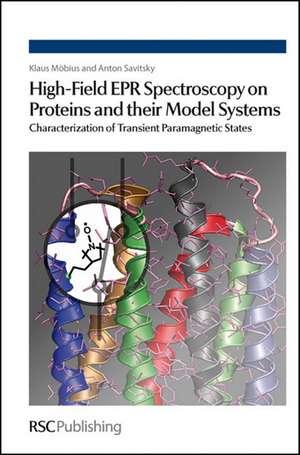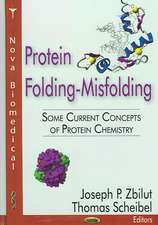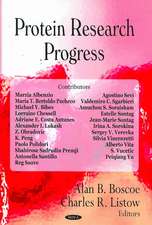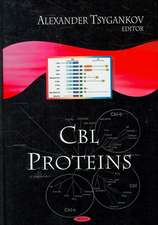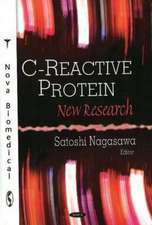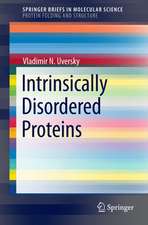High-Field EPR Spectroscopy on Proteins and Their Model Systems: Characterization of Transient Paramagnetic States
Autor Klaus Moebius, Anton N. Savitsky, Klaus Mobiusen Limba Engleză Hardback – 30 noi 2008
Preț: 1125.63 lei
Preț vechi: 1308.88 lei
-14% Nou
215.40€ • 230.33$ • 179.59£
Carte disponibilă
Livrare economică 28 martie-11 aprilie
Specificații
ISBN-10: 0854043683
Pagini: 392
Dimensiuni: 155 x 231 x 25 mm
Greutate: 0.72 kg
Editura: Royal Society Of Chemistry
Locul publicării:United Kingdom
Cuprins
Notă biografică
Textul de pe ultima copertă
Understanding the major factors determining the specificity of transmembrane transfer processes in proteins is now a hot topic in molecular bio-science. Advanced electron paramagnetic resonance (EPR) at high magnetic fields is a powerful technique for characterizing the transient states of proteins in action. High-Field EPR Spectroscopy on Proteins and their Model Systems: characterization of Transient Paramagnetic States offers a comprehensive overview of experimental techniques in, and paradigmatic examples of, the application of high-field EPR spectroscopy in biology and chemistry. The book s focus is on the use of the technique in conjunction with site-specific mutation strategies and advanced quantum-chemical computation methods to reveal protein structure and dynamics. This yields new insights into biological processes at the atomic and molecular level. The theoretical and instrumental background of high-field EPR is described and examples of paradigmatic protein systems, such as photosynthetic reaction centres, are discussed in the light of recent investigations. Aspects of structure dynamics-function relations that are revealed by studying site-specific mutants are highlighted, thereby combining high-field EPR with genetic engineering techniques. The information obtained complements that obtained from protein crystallography, solid-state NMR, infrared and optical spectroscopy. The book documents both background knowledge and results of the latest research in the field. Unique features include comparisons of information content of EPR, ENDOR, Triple resonance, ESEEM and PELDOR taken at different microwave frequencies and magnetic fields. Coherent treatment of the subject by the leading Berlin high-field EPR laboratory covers the theoretical background as well as state-of-art research both in terms of instrumentation and application to biological systems. The book provides an outlook to future developments and references for further reading and is essential reading for postdoctoral scientists, professionals, academics and graduate students working in this field.
"